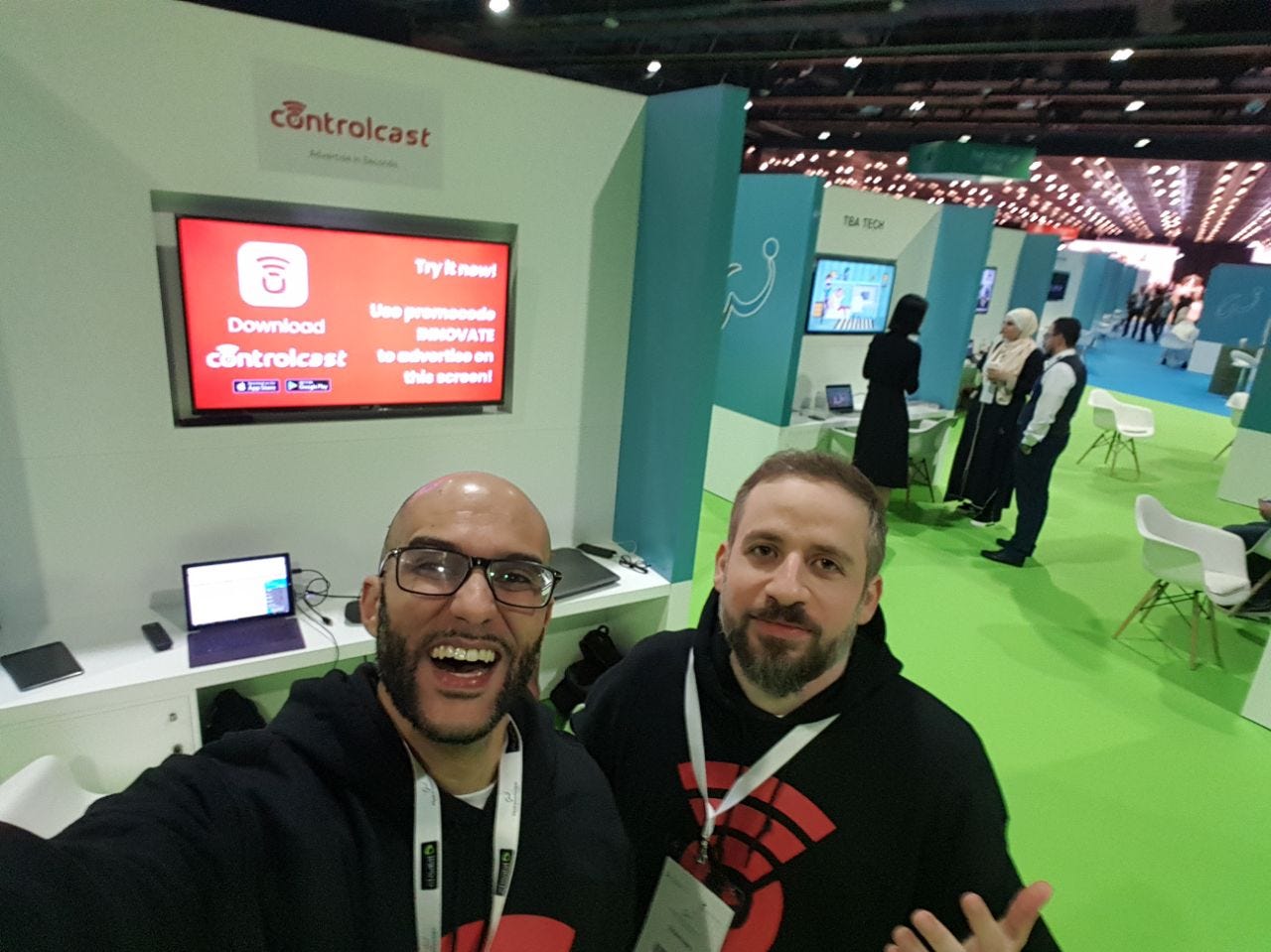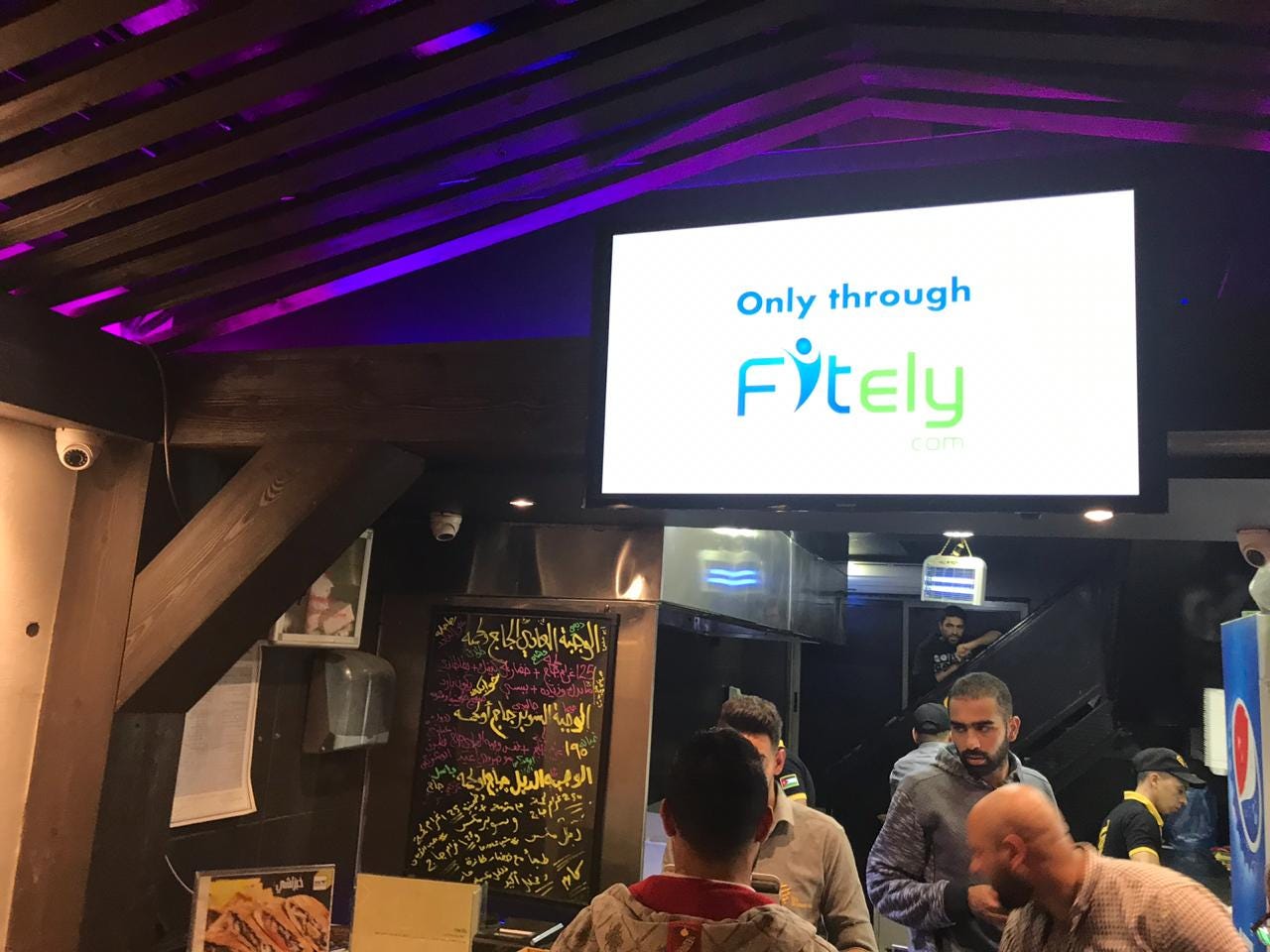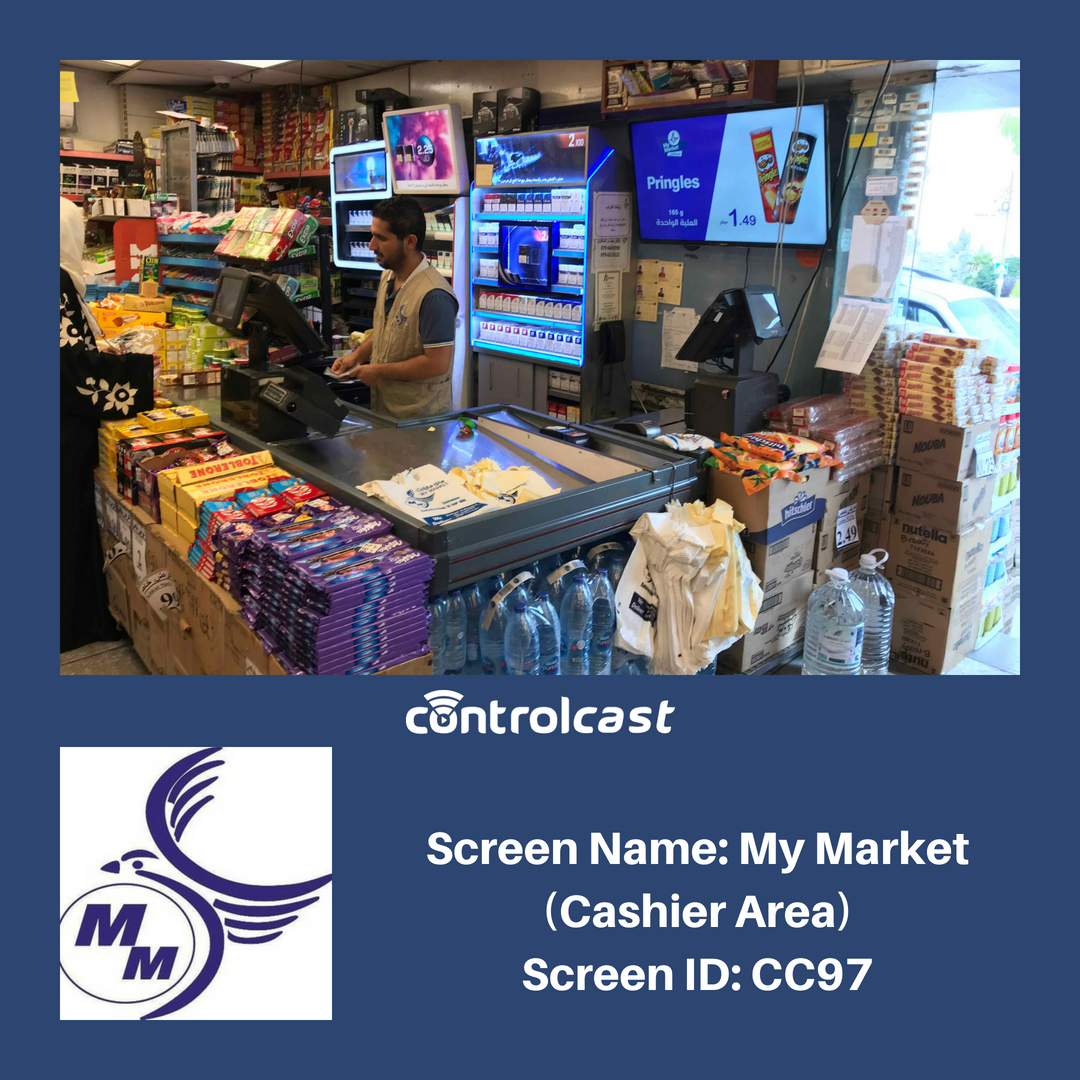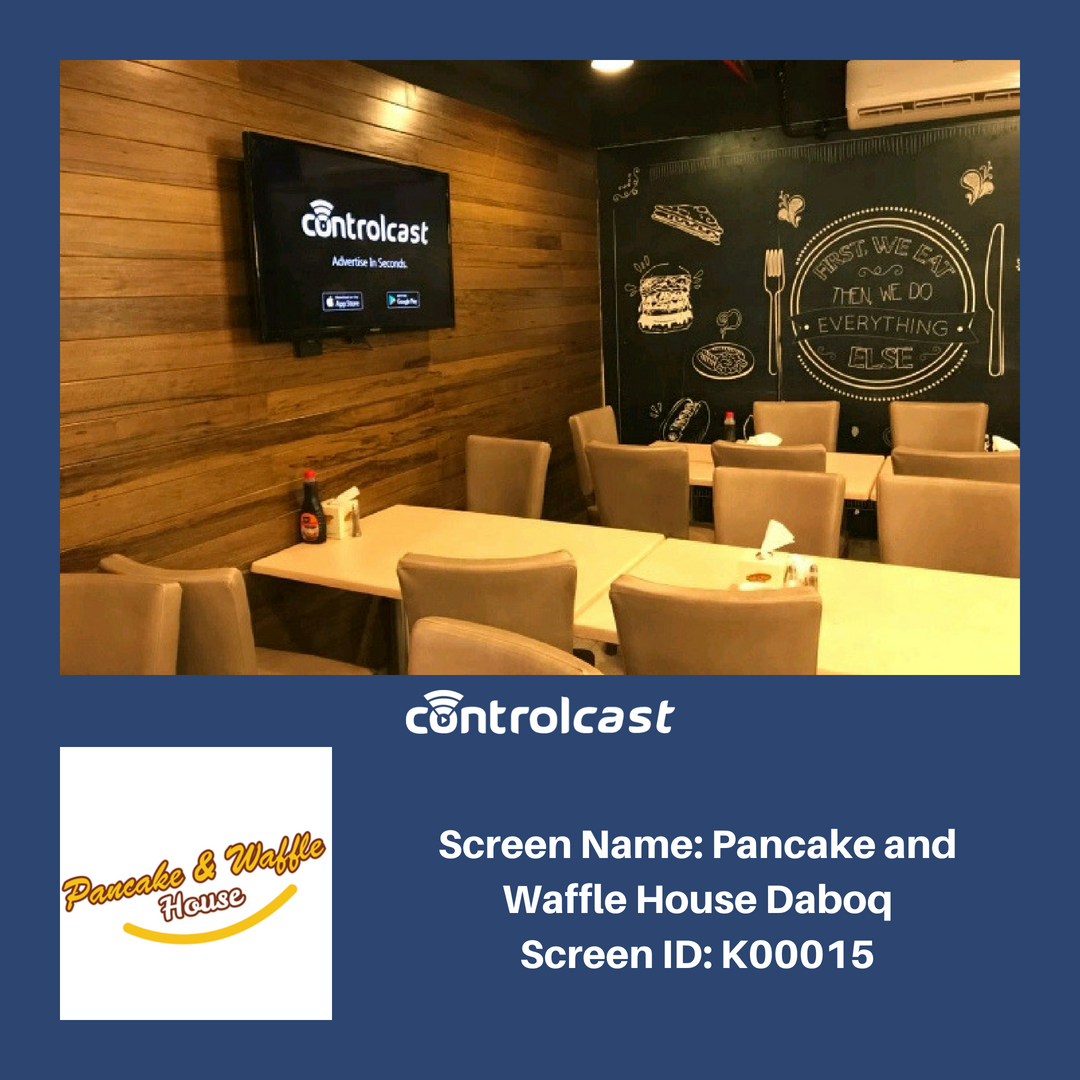How My Startup Failed to Cross the Chasm
Lessons we learned to help you avoid the same mistakes

So, we built a startup. It was called Controlcast, and the idea was simple: make advertising on those cool digital billboards and screens you see everywhere as easy as ordering food. Imagine any small business, any side hustler, being able to get their message up on the big screen whenever they wanted. Sounds cool, right? We thought so too.
But Controlcast isn't around anymore. Yep, we joined the startup graveyard. And while postmortems are rarely fun, they're incredibly valuable. I've been thinking a lot lately about why we just couldn't quite get there. And I realized, looking back, we made some classic mistakes—the kind that business books warn you about, but you sometimes only truly get when you've lived through them. In particular, I wrote this postmortem while thinking about the principles found in the great book Crossing the Chasm by Geoffrey A. Moore.
In this post, I am going to lay it all out there and share what we learned (often the hard way). Hopefully, our stumbles can help you avoid some of the same potholes on your entrepreneurial or product management journey. I am going to break down where we went wrong, and for each mistake, I'll point to a key principle we ignored; principles that are pretty fundamental to building a successful product and startup.
Mistake #1: Thinking "Easy to Use" Was Enough (and Misreading Our Customer)
We were obsessed with making Controlcast easy. Crazy easy. With the mobile app, anyone can upload an ad, pick a location, and set a budget. BOOM, your ad on digital screens. We thought this ease of use was our golden ticket, especially for small to medium businesses (SMBs), startups, and solopreneurs. We figured they were priced out of traditional billboard advertising, and we were giving them the keys to the kingdom.
The Lesson We Missed: Understanding Your Target Customer and Their Real Needs.
Yes, it sounds simple. Understand your target customer's needs. It is really hard in practice, and especially with a disruptive idea. We thought SMBs were pragmatists, ready for a modern solution. Like, they use Facebook ads; they get digital, right? Wrong. For this specific product, they were actually much more... let's say conservative. Thinking about it now, buying OOH ad space isn't like buying social media ads. It's a bigger leap for them. For OOH ads, all they really knew about were flyers. DOOH (digital out-of-home advertising) was new territory.
We didn't really get deep into their psychographics—what they truly believed and what their anxieties were around DOOH. Turns out, "easy to use" wasn't the only thing they needed. They needed to understand how to use it effectively, what makes a good DOOH campaign, and if it was even worth it.
What We Learned: Don't just assume you know your customer. Don't just take their positive feedback as a signal you are heading in the right track. Dig deeper. "Easy to use" is great, but it's not the whole value proposition. Understand their mindset, their existing habits and workflows, and the barriers they face in adopting something new, even if it seems "easy."
Mistake #2: Selling a Product, Not a Solution (The Missing "Whole Product")
So, we had the app. It worked. You could book screens. Ads went up. Technically, we delivered. But then... customers weren't sticking around. Retention was tough, especially with those SMBs we were targeting. Why?
The Lesson We Missed: Developing the "Whole Product."
We were selling access to screens, but they needed a successful advertising campaign. Big difference. We were missing key pieces of the "whole product" puzzle.
We were so focused on the product – the experience of being able to run a DOOH ad in less than 5 minutes – that we forgot about the whole product. What does that even mean? It's everything a customer needs to be successful and happy with your offering. It's not just the core tech, but all the ancillary services, support, and information that wrap around it.
For our SMB customers, the app was just one part of the overall viable solution. They needed help with:
- Creative: They weren't all graphic designers. Slapping up a website address in their creative wasn't cutting it. They needed help creating eye-catching ads.
- Campaign Strategy: How long should they run a campaign? What's a good call to action for DOOH? They were lost. Running a one-day campaign and expecting miracles? That's on us for not guiding them better.
- ROI Tracking: "Did this even work?" They had no real way to know if their investment was paying off. Impressions are nice, but businesses want to see results.
We were selling access to screens, but they needed a successful advertising campaign. Big difference. We were missing key pieces of the "whole product" puzzle.
What We Learned: Your product isn't just the thing you sell. It's the entire experience. Think about everything your customer needs to achieve their desired outcome. What support, services, education, or partnerships are necessary? Don't just build a feature, build a solution.
Mistake #3: No Real Beachhead
Initially, we targeted SMBs, startups, and solopreneurs, which is basically... everyone small-ish. We thought broad appeal was the way to go. Get as many people on the platform as possible. Sounds logical, right? Wrong again (for us, at least).
The Lesson We Missed: Focusing on a Beachhead Market Segment.
You need a starting point, a niche where you can really dominate and build momentum. Think of it like storming a beach. You don't land everywhere at once; you focus on a specific point to gain a foothold.
While we thought our beachhead was SMBs, it was still too broad. We didn't really focus on a niche within SMBs. Should we have focused on restaurants? Local services? E-commerce businesses looking for offline reach? Maybe.
We needed to find a specific segment of pragmatist customers within that bigger SMB market, somewhere we could truly become the go-to solution. Startups liked us; they were early adopters, but there weren't enough of them to build a sustainable business. We needed the more cautious, pragmatist SMB segment, but we hadn't earned their trust yet, and we hadn't focused our "whole product" to specifically meet their needs.
What We Learned: Don't try to conquer the world on day one. Find a beachhead market; a specific, manageable niche segment. Focus your resources, dominate that niche, and then expand. It's better to be a big fish in a small pond to start.
Looking Back, Moving Forward
Failure sucks. No sugarcoating it. But honestly, going through this process of looking back and understanding why is incredibly valuable. We made mistakes, sure. But hopefully, by sharing them, I can help you avoid making the same ones.
The biggest takeaway? Building a successful startup is about deeply understanding your customer, building a complete and viable solution around their needs, and focusing your efforts to gain traction in a specific market. These principles might seem obvious in hindsight, but when you're in the thick of building something new, it's easy to get lost in the weeds.
The concept of a complete solution, on its surface, sort of flies in the face of the religion of MVPs. I don't think that's the case, though. You need to build the complete solution for your beachhead market segment. That is not the same as building every workflow for every customer before launching. In our case, design support and ROI tracking would likely have gotten us closer to the whole product we are talking about here. Build a whole product for a specific customer in a beachhead market.
Thanks for reading! If you found this useful, you'd love my older posts. Subscribe and get a monthly, straight to the point newsletter like this in your inbox.









Thank you for sharing what you learned as a product manager. This is helpful to us all!
Great post Yahia, I bet it wasn't easy to write. Lots of great lessons learned though.
Funny how sometimes you just have to go through it to actually learn the lesson.
Onto the next one, as they say!